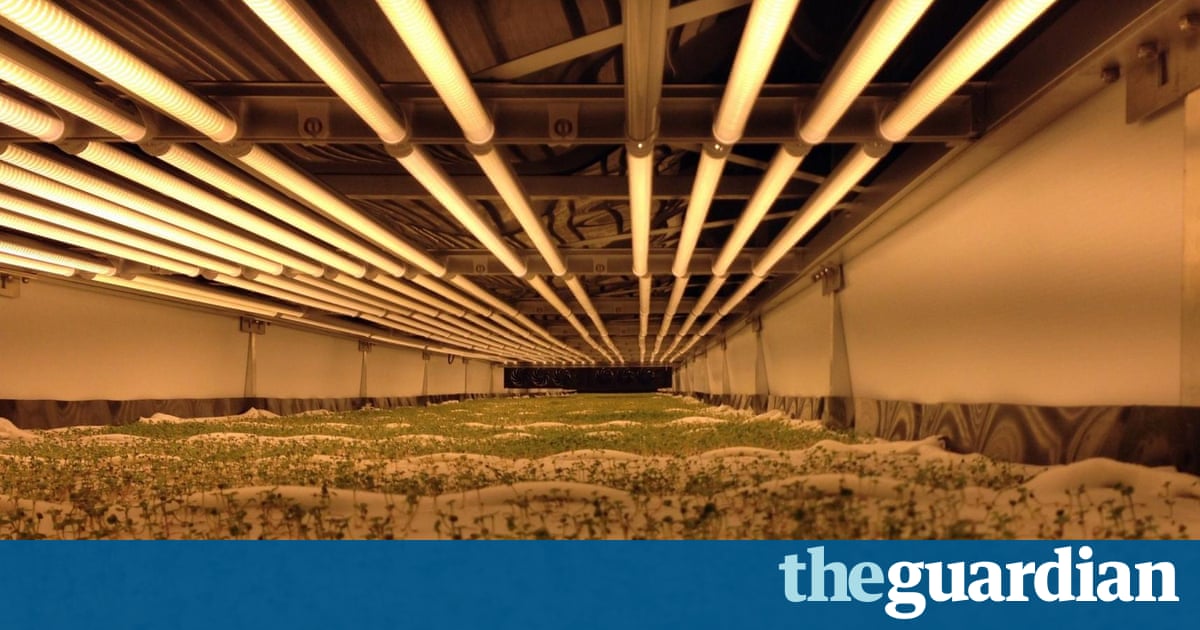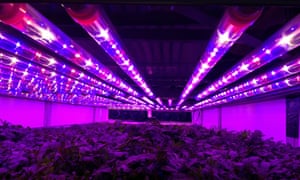While ditching gratuities in Portland and elsewhere has meant less judgment, angst and anger at some establishments, others have seen staff members quit

When customers of Portlands upscale Le Pigeon receive their credit card slips, the line has been removed where the tip would normally be scribbled in. Co-owned by Gabe Rucker, a chef and recipient of two James Beard awards, the French-inspired bistro threw out tipping in June, while prices have increased by about 20%. Servers are now paid an hourly wage as well as a share of revenues, similar to a commission, and wages for cooks have gone up.
Le Pigeon is just one of many restaurants in the US to end tipping in the past year. Its a bold experiment in a country where tipping is so heavily embedded in the culture and it has met with mixed results. But at Le Pigeon it seems to have worked at least for the staff.
The hope was to professionalize their jobs and make their method of compensation more in line with nearly every other profession out there, said Andrew Fortgang, co-owner and general manager of the Oregon restaurant.
Fortgangs sentiment echoes those of a number of high-end restaurants on the west coast along with handful across the country and several locations in New York City that have ditched tipping at their establishments in favor of a more sustainable model.
In October, Danny Meyer, restaurateur and CEO of Union Square Hospitality Group, made headlines when he did away with gratuities at his restaurants to shrink the income gap between servers and cooks.
While front-of-house employees at fine dining establishments can make hundreds of dollars per night with tips, kitchen staff often make less than $20 per hour.
Adding insult to injury, a February court ruling determined that employers within the ninth circuit states including Washington, Oregon and California can no longer require employees to share their tips with the back of house, such as cooks and dishwashers, in what is called a tip pool.
[The end of] tip pooling is a huge driver as to why people are thinking about going with no tips, said Scott Dolich, owner of Park Kitchen in downtown Portland, which got rid of tipping in July.
Oregon is one of only seven states Washington and California among them that dont have a tip credit, which requires employees to use a portion of their tips to offset minimum wage.
So as the minimum wage climbs towards $15 per hour in west coast cities and tips are no longer distributed to the back of the house the income disparity between servers and cooks will be momentous.
To rectify this, Dolich has devised the one house model at Park Kitchen. Its a gratuity-free policy which has eliminated a distinction between the front and back of house. He has cross-trained his employees servers now cook and cooks now serve and they all work full time for $15 per hour, with no tips, but full benefits and paid time off.
We knew it was going to be a tough trade-off, said Dolich, who lost several employees during the transition. Yet the establishment has since become more efficient, he said, and runs with a tight team of 11 people who cover a snug 39-seater space.
At first it was a little weird, but the wage increases have worked out really well, said cook/server Chris Hannemann, who ends up making the same amount he did elsewhere.
In lieu of tipping, menu prices at Park Kitchen have increased by 18% to 20% to maintain its profit margin but in the end, customers will end up paying the same amount.
Park Kitchen regular LaValle Linn fully supports the One House system. Employees should not have to depend on tips to make a living wage, she said. We as a country need to rethink that. Linn also said customers of the gratuity-free model might go through withdrawal, because theyre used to monetarily punishing or rewarding their servers.
Nixing the tip has gained momentum in the US through the pop-up scene, which takes the form of supper clubs, food trucks, chef counters, and special events in makeshift spaces. The vast majority of pops-up run with just a kitchen and no servers.
The rustic-chic Farm Spirit offers a gratuity-free chef counter where customers preorder tickets between $60 and $80 to enjoy a multi-course vegan menu. Tacked on to the price of the meal is an 18% standard fee.
I think tipping creates a really weird dynamic in my restaurant where customers feel like theyre hiring my employee, said chef and owner Aaron Adams. At Farm Spirit, all employees are chefs who also polish silverware, fold napkins, serve dishes and pour wine for a salaried $48,000 a year.
Since Jennifer Bennett Piallat went gratuity-free last summer, her San Francisco bistro Zazie has seen a lot less judgment, a lot less paranoia, angst and anger.
Piallats employees are paid hourly plus a percentage of sales which she said incentivizes a good work ethic much like a tip and receive health insurance, a 401K, paid vacation, sick leave and maternity/paternity leave. When she made the switch, every one of her employees stuck with her.
By removing tipping, Piallat said, shes also removed racism and discrimination, much of it on the part of her staff. Everyone thinks that the servers are being judged, but the servers are judging just as much, or if not worse, said Piallat.
Yet a no-tipping policy has proved to be a disaster for some who have tried to stay ahead of the minimum wage trajectory.
Thad Volgers Bar Agricole and Trou Normand in San Francisco reverted back to tipping after nine months of being gratuity-free. Even with readjusted wages, bussers and runners felt they were under-compensated and eventually quit, which put strain on the hiring managers.
I think I was naive to expect people to stay when they could go somewhere else and do the same job for more money, said Volger, who still believes in a tipless model, but said he would have to raise his prices by 40% to make it work.
Sour Beurre Kitchen opened as a tip-free French spot in San Franciscos Mission, but a little over a year later, it closed its doors.
Portlands Loyal Legion beer hall tried no tipping for four months and paid its employees $18 per hour. But it didnt work, said owner Kurt Huffman, because servers and bartenders ended up taking a massive pay cut. I think the restaurants that are trying out no tipping are going to come to regret it, he said.
Huffman also found that his customers still tried to leave tips, even when they were told not to. Guests prefer to leave something. Its part of American dining culture, he said.
That may be true in some cases.
Restaurant-goer Lucas Jushinska was looking to get a table at Le Pigeon, but said after eating at gratuity-free restaurants in his native Seattle, the new model has rubbed me the wrong way. If the service remains outstanding, then it doesnt matter. But if I get poor service, I dont have any recourse.
According to research by Michael Lynn, professor of consumer behavior and marketing at the Cornell University School of Hotel Administration, most people tip not based on service, but because they feel guilty and obliged. He also found that 53% of customers liked the idea of higher menu prices where tipping is not permitted.
So could no-tipping policies eventually reach the realm of the American franchise?Its doubtful. Joes Crab Shack switched over to a gratuity-free model in 18 of its locations last year and opted to pay its front of house staff between $12 and $14 per hour. But the chain reversed its decision this spring after employees and customers expressed their dislike of the policy.
Lynn concluded that the more a restaurants servers are overpaid relative to the back of house and the wealthier a restaurants customers are the more a restaurant should consider abandoning tipping.
Le Pigeons Andrew Fortgang certainly sees it that way. I think in five to 10 years nearly all fine dining restaurants will be there.
Le Pigeons sister restaurant, Little Bird, will eliminate tipping by the end of the year. Two more establishments the renowned tapas eatery Navarre and the Italian restaurant Luce, both owned by chef John Taboada are committed to going gratuity-free soon.














